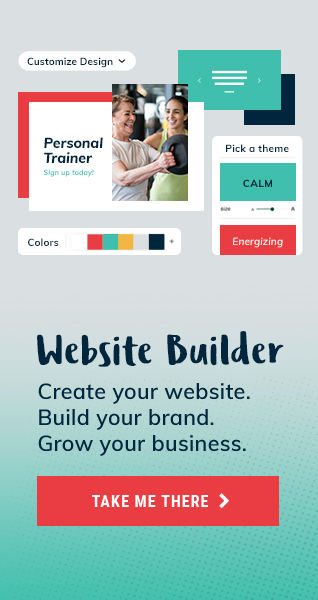At the beginning of a coaching relationship, many clients expect that talking about nutrition means being given a meal plan or that you’ll simply tell them they should and shouldn’t eat. These types of nutrition coaching tools are limited in their usefulness and often only produce short-term results. More sustainable results can be achieved through a client-centered approach and long-term behavior changes that can be improved upon over time and integrated into their lifestyle.
Instead of estimating a client’s caloric expenditure and giving them broad guidelines about what they should be eating, begin by asking them open-ended questions about their eating habits, the role food plays in their life, and how they would like to improve their eating habits. This can help you and the client formulate a plan together that helps them develop the skills they need to sustain healthier eating habits.
Rather than helping the client look for foods to eliminate from their diet, look for habits or skills related to eating, organization and preparation that can help to shape their choices.
Plan Ahead With Grocery Lists
It is important to ask your clients about the healthy foods they enjoy and feel comfortable preparing regularly. By asking your clients these questions, you can help them create a grocery list of foods and pantry staples to keep on hand.
Initially, the client could choose to keep one or two healthy items (like apples) from the grocery list to keep on hand so that they’re available. Over time, the client can choose to purchase more of the items on their grocery list so that they gradually improve the food choices they have available on a regular basis.
With time and practice, the client can learn to use their grocery list so that they purchase more foods to better support their food choices and meal planning. This also helps reduce impulse purchases of foods that don’t support their nutrition goals.
Making more healthy food options available will help your clients shape their environment so that it supports their behavior changes. Helping them to find their own ways to scale the changes up or down to their lifestyle allows them to take charge of the process and find what works best for them.
Optimize Friction
Provide your client with suggestions for storing food at home that makes healthier choices easier and less-helpful choices more challenging. Keeping water and healthy snacks in easy-to-grab and easy-to-see containers has been shown to make it more likely that individuals will choose those options. Making preferred options easier to access is a way of shaping the environment that reduces the friction to healthier choices.
Likewise, you can ask your client how they might make unhealthy choices more challenging, thereby increasing the friction or challenge associated with less-helpful food choices. This could mean placing treats and foods that don’t align well with their goals in harder-to-reach places, or even in another space away from the kitchen entirely, like the garage.
Ask your clients questions about what changes to their environment they can make to support their nutrition goals. Reduce the barriers to healthy choices and create friction that serves to hinder less-desirable behaviors. As your client experiences success or challenges from these changes, encourage them to increase or adjust those changes as necessary so that they are able to continually improve over time.
Eating Slowly and Mindfully to Stay Full
Eating quickly and with distractions are common habits that can lead your clients to overeat without even realizing it. Slowing down and paying more attention to the foods they are consuming can help them to eat less, feel satiated longer between meals and reduce unplanned snacking throughout the day.
Help your client identify the strategies they think would work best for them to improve this eating habit. Some suggestions include putting their utensils down between bites, eliminating screen usage while eating or setting a timer to guide them with their meal.
Asking your client questions can help them to scale their chosen strategy for slowing down and eating mindfully. Initially, they may choose to do it with only one meal each day or they may set a goal of slowing down their mealtime to a time that is still fairly quick. What is important is that they are able to be successful to start and improve their mindfulness over time.
Collaborate With Your Client for Success
Asking your clients questions about what is important to them, the nutrition changes they are ready to make and how they would like to implement those changes is an important part of creating a plan that works for them long term. This client-centered approach is at the heart of the ACE Mover Method, because it allows them to create positive, sustainable changes that are guided by their own values.
Encouraging the client to make their own decisions about the process of changing their nutrition, and what is appropriate for their current situation, empowers them to create behavior changes that will support healthy choices that lead to sustainable results.
 by
by 










 by
by